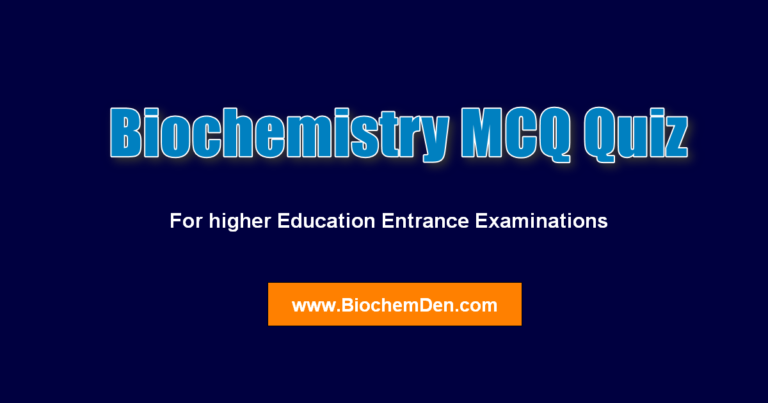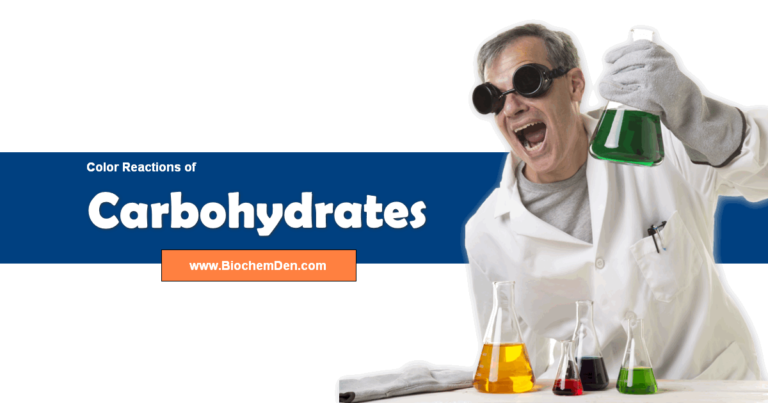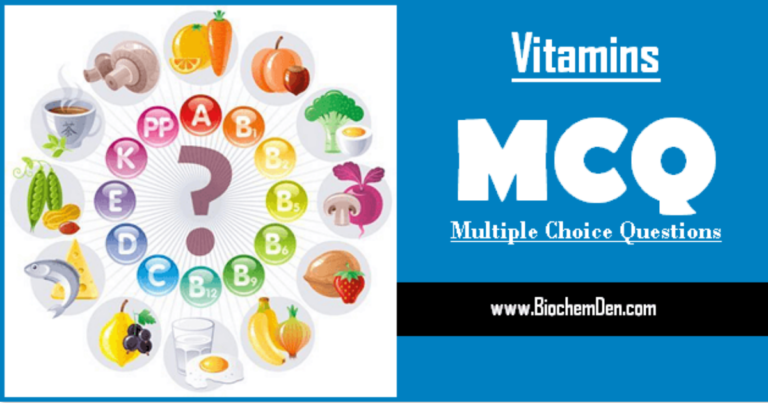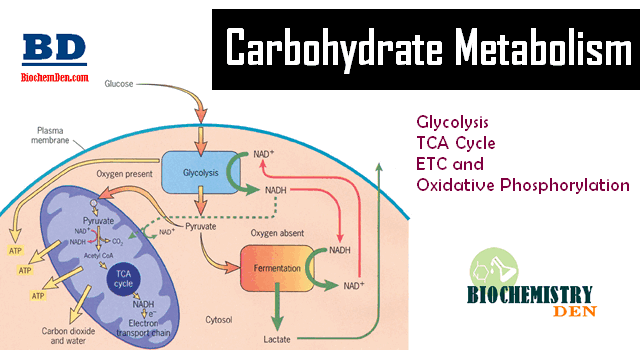This is the continuation of the article “Carbohydrates MCQ Online Examination- Part 1” Welcome to Biochemistry MCQ (Multiple Choice Questions) examinations zone. These questions are designed based on the Topic “Carbohydrates”.
Recently I have posted one article on Carbohydrates and Biochemistry video lecture also. Before going to start this test please verify my previous biochemistry study materials in this blog.
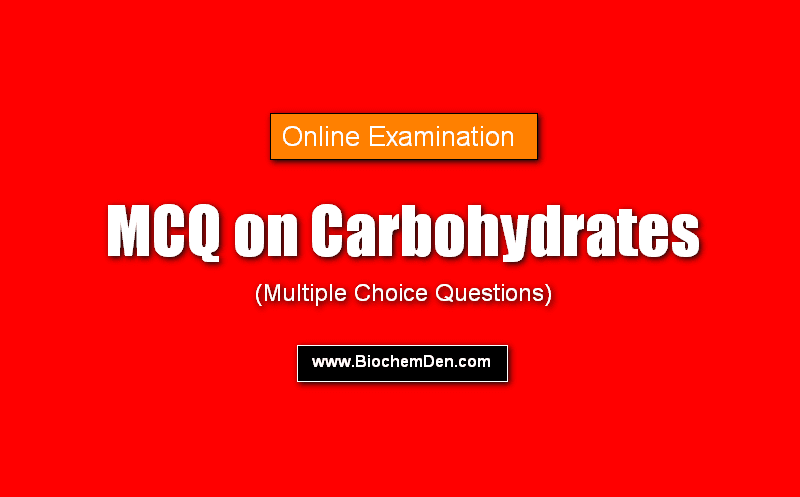
Multiple-choice Questions (MCQ). Just press the Start button to answer the questions one by one and get the score.
Carbohydrates MCQs
1. Which of these compounds is unable to undergo Mutarotation?
A Glucose
B Maltose
C Lactose
D. Sucrose
2. Barfoed’s is a test for the presence of
A Fructose only
B Disaccharides
C Starch
D. Monosaccharides
3. Human beings don’t have the enzymes necessary for the hydrolysis of the β-1,4-O-glycosidic linkage between molecules of glucose. That is why we can not digest this compound and it is part of some laxatives.
A. Cellulose
B Glycogen
C Amylose
D Amylopectin
4. The pentose sugar is present mainly in the heart muscle
A. Lyxose
B Ribose
C Arabinose
D Xylose
5. Two sugars which differ from one another only in configuration around a single carbon atom are termed
A. Epimers
B Anomers
C Optical isomers
D Stereoisomers
6. The most important epimer of glucose is
A. Galactose
B Fructose
C Arabinose
D Xylose
7. The carbohydrate of the blood group substance is
A Sucrose
B. Fucose
C Arabinose
D Maltose
8. Sugar alcohol is
A. Mannitol
B Trehalose
C Xylulose
D Arabinose
9. Which of the following is a non-reducing sugar?
A Isomaltose
B Maltose
C Lactose
D. Trehalose
10. Which of the following is a heteroglycan?
A Dextrins
B. Agar
C Inulin
D Chitin
11. Osazones are not formed with the
A Glucose
B Fructose
C. Sucrose
D Lactose
12. Maltose can be formed by the hydrolysis of
A Starch
B Dextrins
C Glycogen
D. All the of the given
13. A carbohydrate is commonly known as DEXTROSE
A Dextrin
B D-Fructose
C. D-Glucose
D Glycogen
14. Iodine gives RED color with
A Starch
B. Glycogen
C Inulin
D Dextrin
15. The highest concentration of fructose is found in
A Aqueous humor
B Vitreous humor
C Synovial fluid
D. Seminal Fluid
16. Glucose uptake by liver cells is
A Energy-consuming
B A Saturable process
C Insulin dependent
D. Insulin independent
17. Mucopolysaccharides are
A Homopolysaccharides
B. Heteropolysaccharides
C Proteins
D Amino acids
18. The distinguishing test between monosaccharides and disaccharides is
A Bial’s test
B Selwanoff’s test
C. Barfoed’s test
D Hydrolysis test
19. Iodine solution produces no color with
A. Cellulose
B Starch
C Dextrin
D Glycogen
20. A carbohydrate found in milk is
A Glucose
B Galactose
C. Lactose
D Maltose
21. The predominant form of Glucose in solution is
A Acyclic form
B Hydrated acyclic form
C Glucofuranose
D. Glucopyranose
22. The smallest monosaccharide having furanose ring structure is
A Erythrose
B. Ribose
C Glucose
D Fructose
23. Which of the following is an epimeric pair?
A Glucose and Fructose
B. Glucose and Galactose
C Galactose and Mannose
D Lactose and Maltose
24. Hyaluronic acid is found in
A. Joints
B Brain
C Abdomen
D Mouth
Explanation: Hyaluronic acid is the ground substance of the synovial fluid of joints. it serves as a lubricant and shock absorbent in joints.
25. Tautomerization is
A. Shift of hydrogen
B Shift of carbon
C Shift of both carbon and hydrogen
D No change in the mechanism
Discover more from Biochemistry Den
Subscribe to get the latest posts sent to your email.

